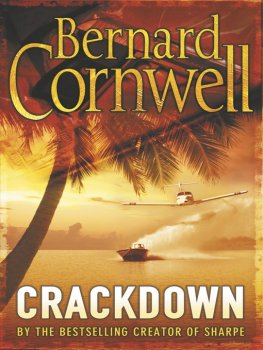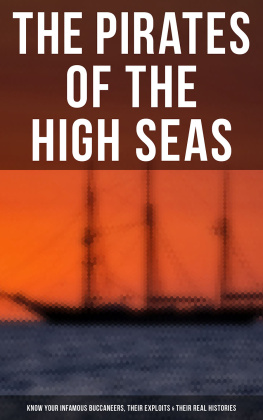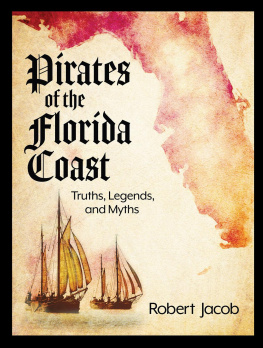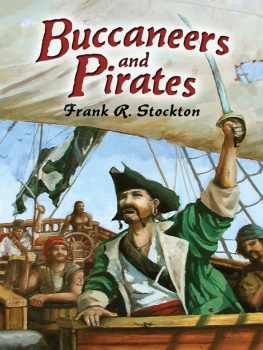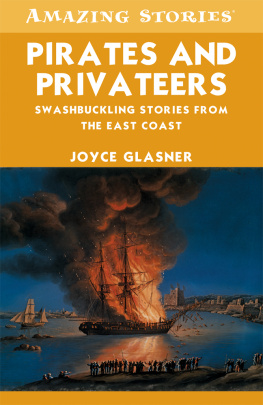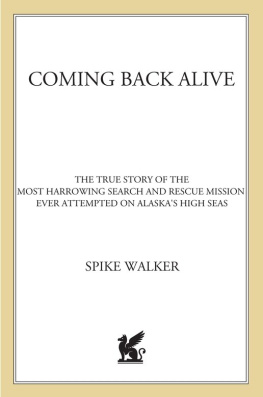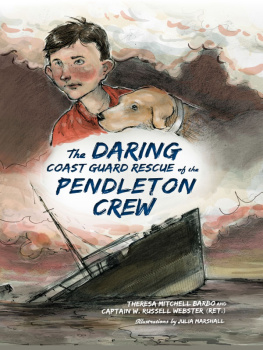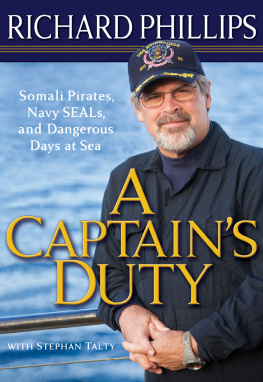Contents
PRAISE FOR
IN THE FAST LANE: A TRUE STORY OF MURDER IN MIAMI
[Cope] painstakingly reports the investigation and the subsequent murder trial... and does a fine job of creating suspense in a case with few suspects.
The New York Times
Excellent.
Publishers Weekly
Brilliant... The action never slows down.
Ann Rule, New York Times bestselling author
Cope, a Miami lawyer, takes us beyond the basic murder-and-money details; she knows the people, culture, and legal system of Miami. She thus paints a detailed, gripping picture of the crime, investigation, and ensuing trial, as well as the many people involved.
Library Journal
Copewho had access to most of the principals as well as to investigators and attorneys on both sidesdoes a good job of detailing the painstaking process of constructing a case from almost purely circumstantial evidencegunpowder traces on a discarded tissue; troubling time discrepancies; odd long-distance phone calls; conflicting autopsy reports. Solid criminology... Compelling enough to satisfy hungry true-crime fans.
Kirkus Reviews
For Captain Jake Branam, Kelley Branam,
Scott Gamble, and Sammy Kairy
And
for Caroline and Jerry, always
PROLOGUE
We launched at first light, reported Lieutenant Andrew Baines, pilot and search-and-rescue commander of the United States Coast Guard Air Station in Miami, Florida. At dawn on September 24, 2007, he lifted off in a bright orange HH-65 Dolphin helicopter with the Coast Guard insignia. The helicopter launched from the deck of the Confidence, a 210-foot Reliance class Coast Guard cutter that had sailed all night from Key West to get in position in the Florida Straits. The mission: to search for survivors of an overdue, a fishing boat that had failed to return to Miami Beach the previous day after a charter to Bimini in the Bahamas. Six Americans, including the captain of the boat and his wife, were missing.
The Atlantic Ocean was dimpled with small waves, the sky pearly on the eastern horizon, throwing pale light across the dark water. Later, the day would become overcast, turning the sea rough and the wind blustery. But now, at seven oclock on this Monday morning east of the Florida Keys, conditions were close to ideal for the search.
The cutter Confidence quickly receded below the helicopter, which climbed and banked to begin tracking the search grid. With a crew of fourpilot, copilot, and two flight mechanicsto run the rescue basket and a full load of equipment, the choppers interior was cramped. The engine whine and rotor chop created a deafening roar inside the small cabin. Conversation was impossible without mikes and headsets.
The chopper continued its search track across the Florida Straits just north of the Cuban coast. The strengthening light illuminated the ocean beneath them, tracing the outline of the broad, shallow, sandy Cay Sal Banks in palest aqua, shading off into deeper azure water. The most remote of the Bahamas island chain, the Banks are famous among divers for a large formation of mysterious blue holes, vertical caves that plummet hundreds of feet into the ocean depths. This was also a well-known navigation point in the Florida Straits and a visual warning that the Cuban coast was very closeonly about thirty miles to the south. Tensions always ran high in this area of the straits bordering Florida, Cuba, and the Bahamas, where desperate refugees from Cuba or Haiti tried to get to Florida in homemade rafts, on stolen boats, or in smugglers leaky, dangerously overloaded wooden scows. And there was a long history of piracy in the area, most recently by drug smugglers who ambushed and seized boats, killing and dumping the occupants.
From the chopper, the Cay Sal Banks atoll was a beautiful sight, so shallow that parts of it were above sea level, fringed with palms and even a few small buildings. On the northern rim of the atoll was Elbow Cay, an abandoned lighthouse where recreational boaters occasionally stopped. The southwestern tip, known as Anguilla Cay, was another popular spot to anchor for a swim and picnic.
After forty minutes in the air, one of the flight mechanics saw what appeared to be a bright orange marker in the water. Lieutenant Baines banked away from the search track to investigate. As the helicopter drew closer, they could see it was an orange life raft, its light blue canopy shielding the interior. Lieutenant Baines orbited the chopper around the raft, using the rotor wash to blow the canopy back. Inside were two men, fully dressed and obviously alive. As the pilot maneuvered the chopper into a hold over the raft, flight mechanic Christopher Janisko leaned out the open door and signaled the men in the raft to jump into the ocean and swim to the rescue basket being lowered to the water. The first to jump was the smaller, apparently older man. He swam over to the basket, climbed in, and was hauled inside the hovering chopper.
Once the survivor was aboard, Janisko shouted a question at him, but the noise in the cabin was deafening. The man pointed to his ear, indicating he couldnt hear. Janisko ripped a page from the fly-away book the crew always took aboard and wrote on it: 4 hours west of Bimini. The man took the pen and wrote back: Hijacking 4 killed we were abandoned w/ the boat. The girl was still alive but wounded, but that was 2 days ago.
Janisko wrote, Vessel Name Joe Cool. But the survivor responded, Baby Sissy?? Janisko was confused about the name of the missing boat, but he didnt pursue it. He passed the note to Lieutenant Baines.
Next aboard was the taller, younger man from the raft. Neither seemed injured. Both looked exhausted.
Obviously there were no more survivors to rescue in the surrounding waters.
The helicopter banked and returned to the cutter Confidence.
CHAPTER ONE
Star
Star Island Drive is one of the most exclusive addresses in South Florida. The road circles tiny Star Island, one of three residential islands just north of the MacArthur Causeway, which carries six crowded lanes of traffic back and forth between the city of Miami and South Beach, the southern tip of Miami Beach. The causeway runs along the northern edge of Government Cut, a deep channel lined on its southern edge with cruise ships bound for exotic Caribbean destinations. When the cruise ships move out into Government Cut heading out to sea, the sight is stunning, especially at night, as if magical, floating cities are gliding away on a path of silver. The Port of Miami is a very busy place, yet just across the MacArthur Causeway the small residential islands offer peace, privacy, and luxury.
Star, as it is known by those fortunate enough to live there, was the first man-made island in Biscayne Bay, and it had a glamorous aura from the beginning. Just after World War I, wealthy entrepreneur Carl Fisherwhod fallen in love with South Florida in general and Biscayne Bay in particularbuilt Star using material dredged up from the shallow bay, which was then bolstered, banked, and compacted until the island was a foundation for development just above sea level. It was tinyonly one thousand feet by twenty-six hundred feetbut it had a lovely oval shape that seemed to hover just above the clear waters of Biscayne Bay. The bay water was so clear then that Fisher would take a boat out, hold a looking glass down into the water, and see straight to the bottom, a paradise filled with colorful tropical fish. Development would change all that, but Biscayne Bay is still delightfully blue and reasonably clear, with a clean, sandy bottom that reflects sunlight upward.



